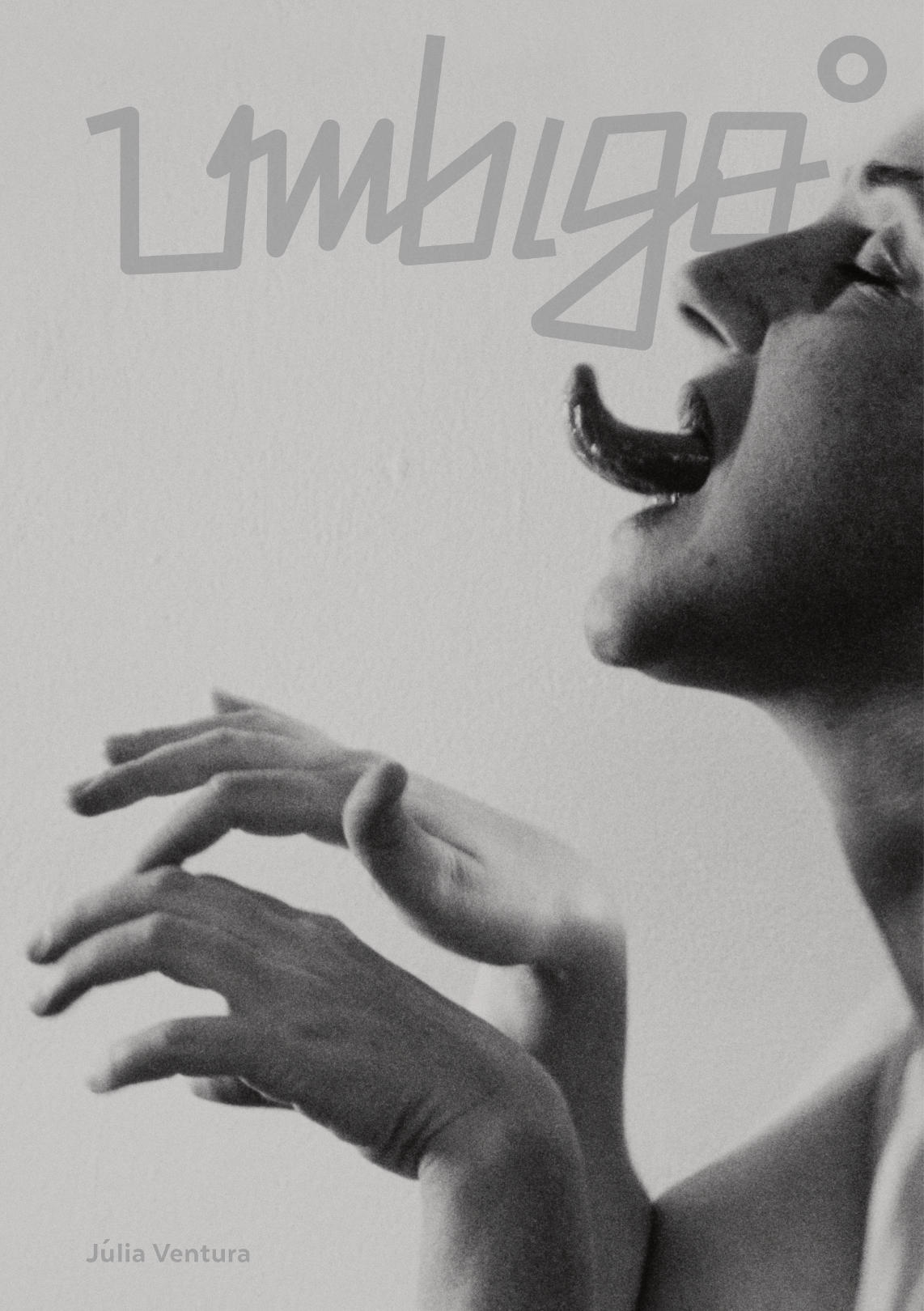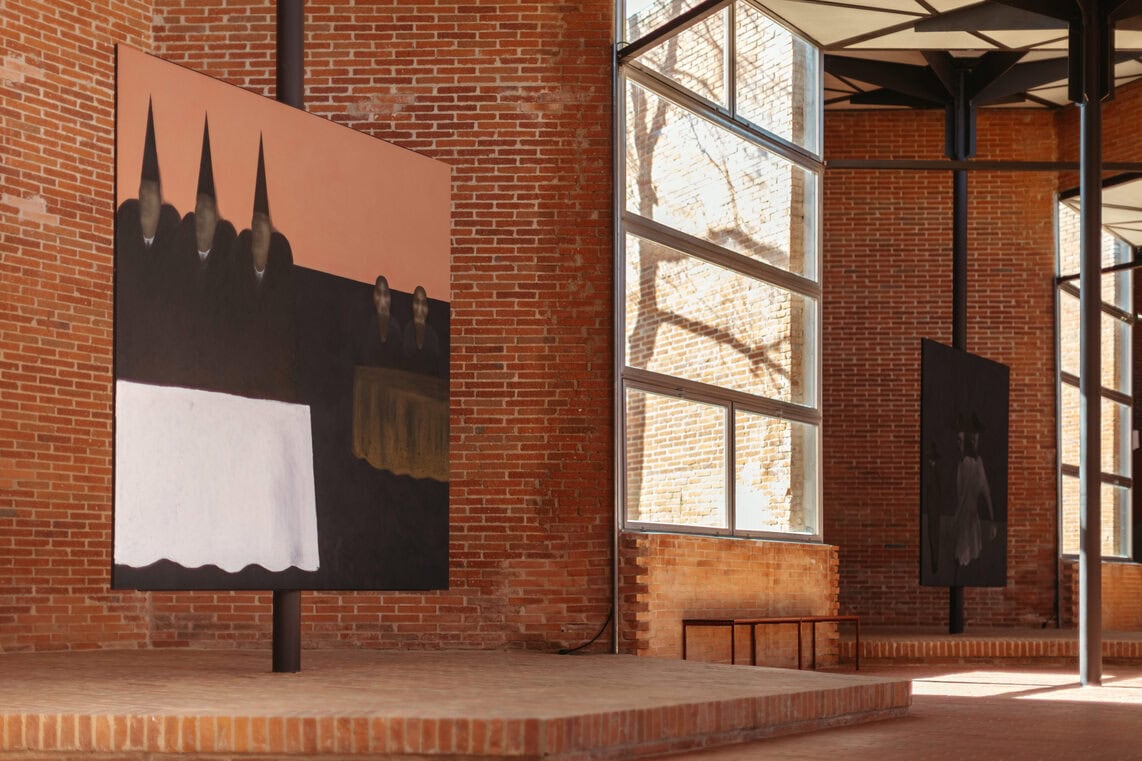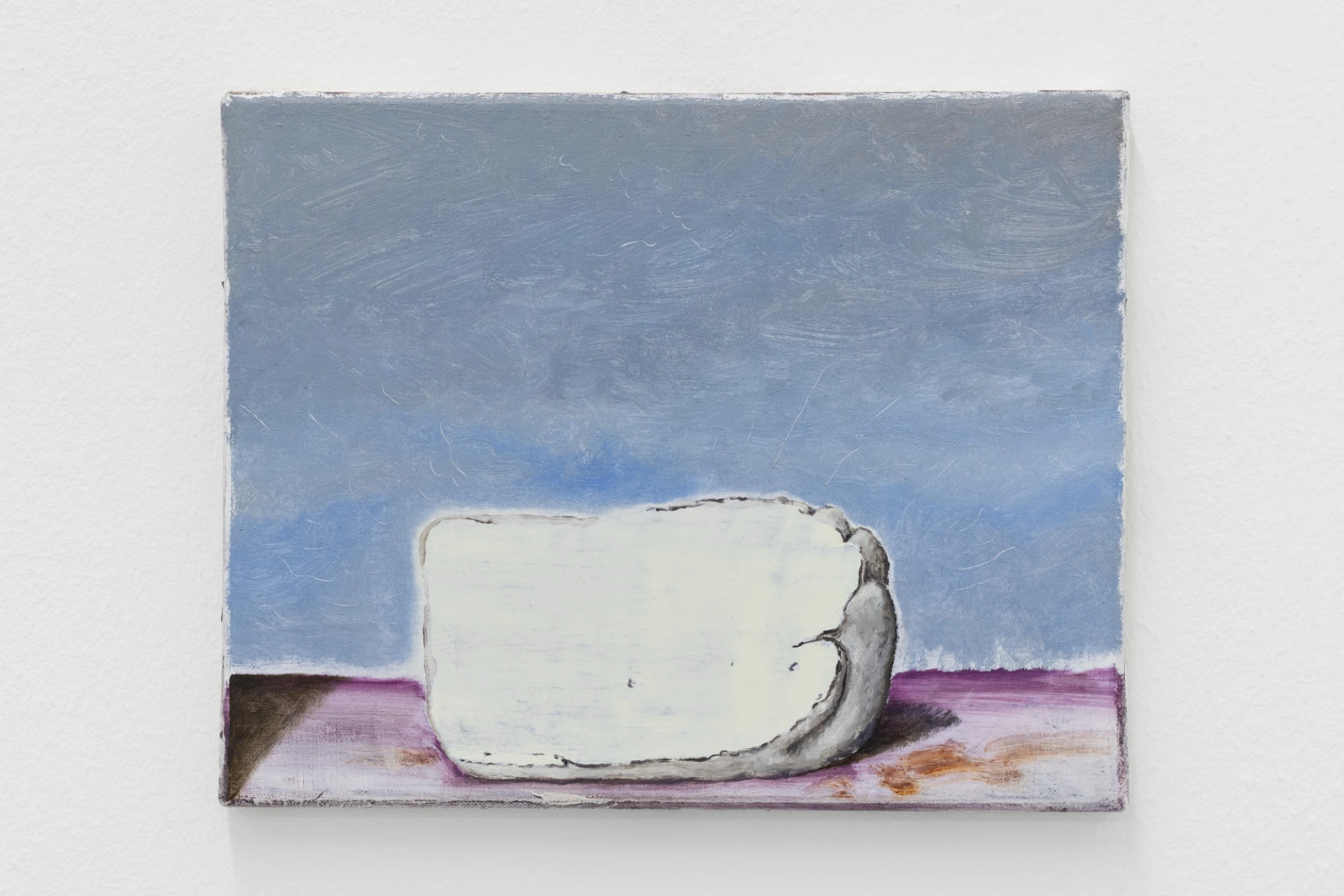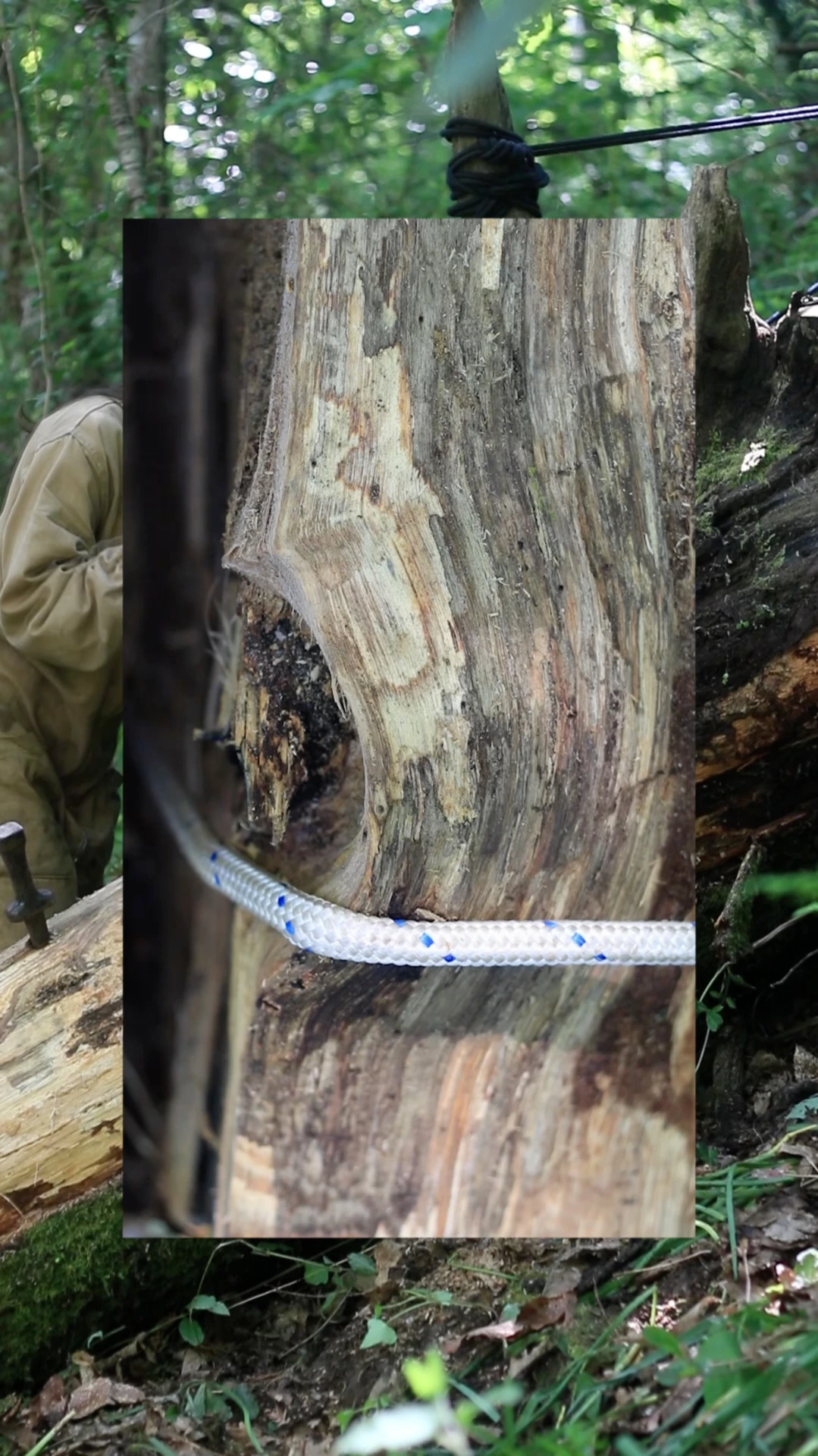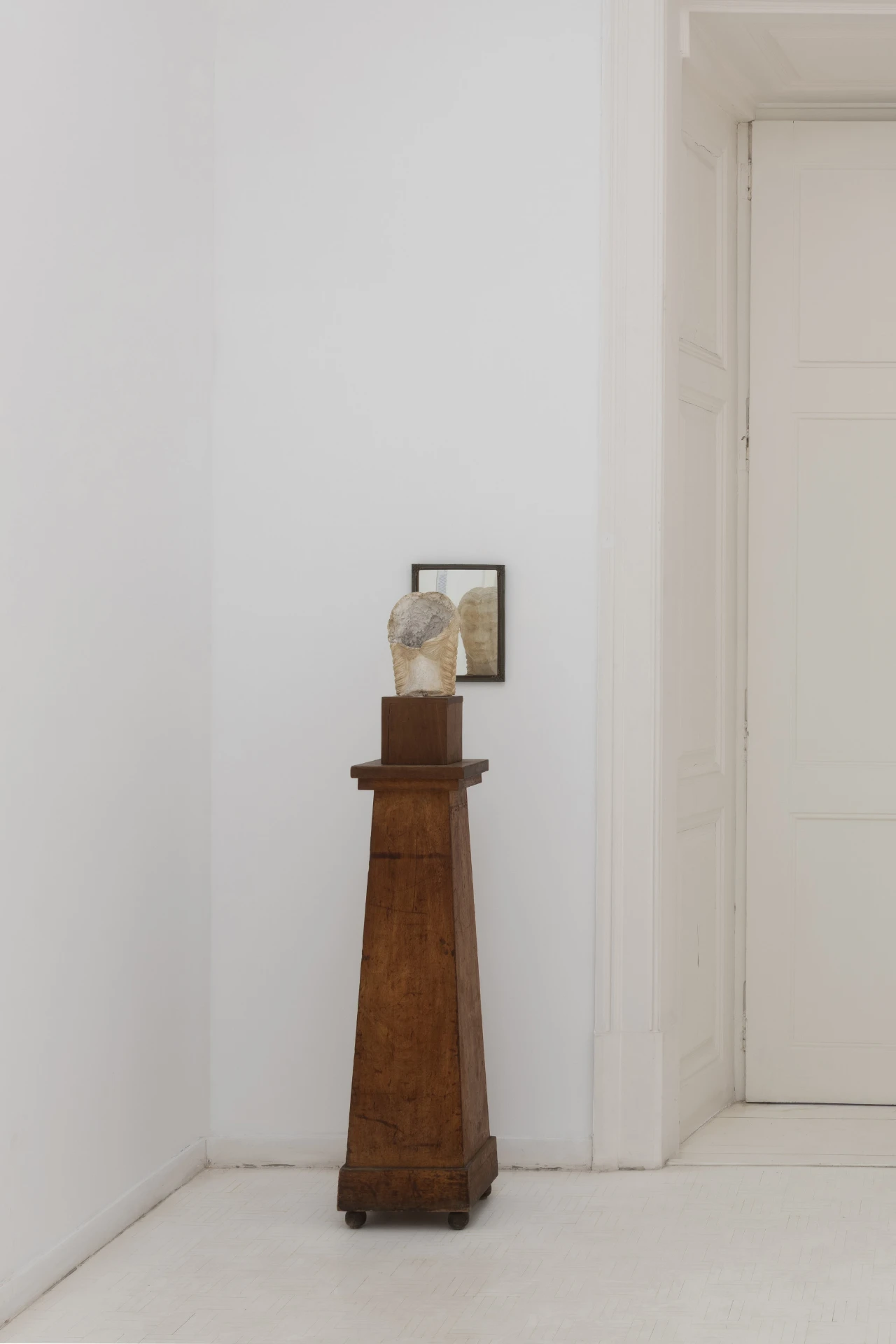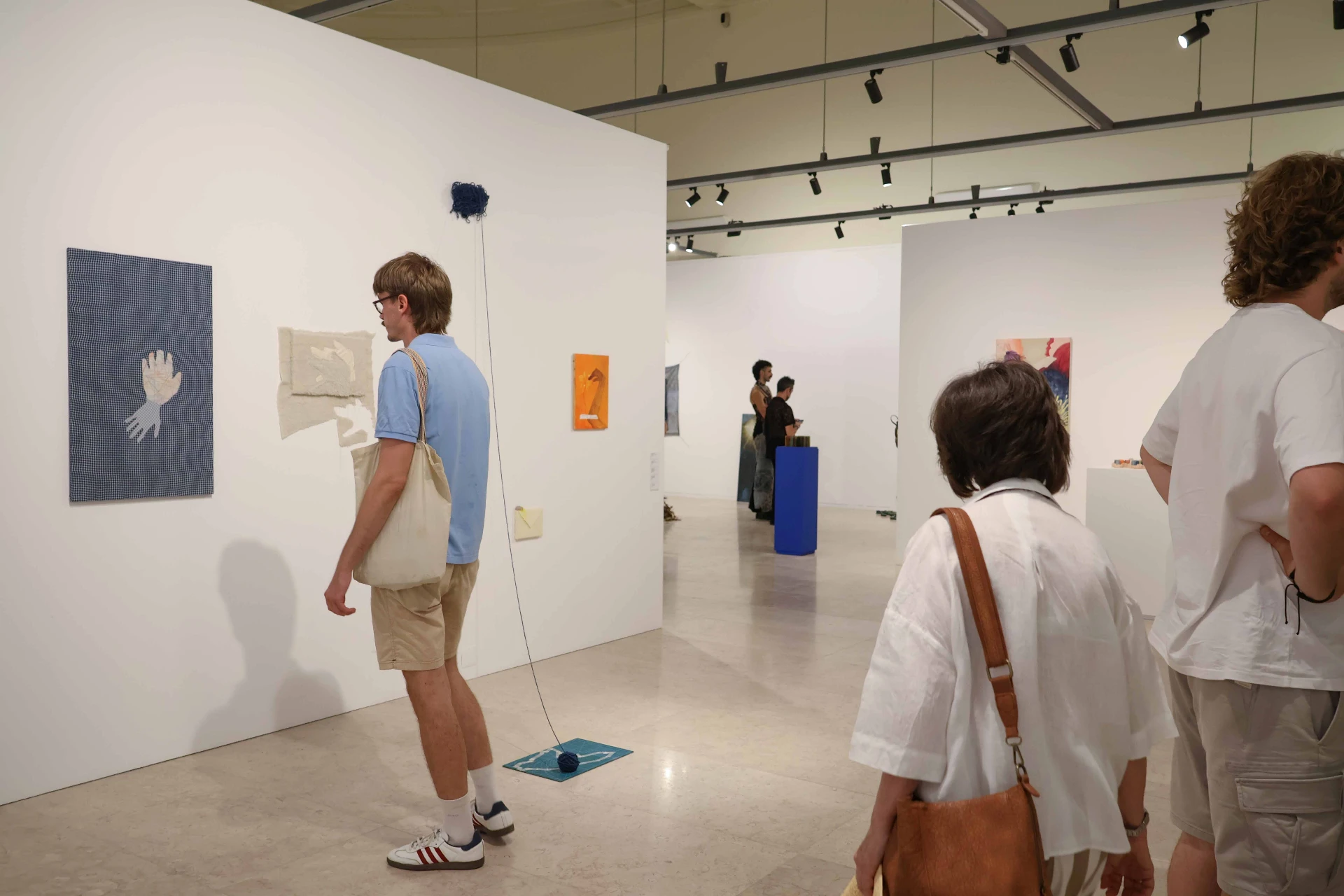The world of unfinished things. Not that this is about the incompletion of the work in Miguel Ângelo Marques’ painting, but about a quest for new meanings, innovative passages, openings for a new painting, an urgency for new paradigms.
Miguel A. Marques’ brushstrokes are constantly renewed, from work to work. The artist challenges himself, the other, and painting itself. The fine patches of paint sometimes form linear, translucent ballasts that spill out in liquid form, eager for discovery, trickery, experimentation and conquering the surface of the canvas.
The brushstrokes are forceful, with the artist making sweeping motions. It focuses on becoming, in the sense of Deleuze and Guattari, of movement, of rupture. It is based on new expressions, inventions, new models of objectification, of thinking, and of creating images based on a portfolio assembled by the artist.
On display at Galeria Braço Perna, Miguel A. Marques’ canvases clear the way for a becoming steeped in the indefinable, the strange and the abnormal. Breakthroughs that disentangle certainties and current aesthetic standards. Miguel A. Marques’ painting is a work in potency. It becomes embroiled in the logic of a new language, towards the uncanny, the convention-defying. In a sense, as if inebriated by a light, wavering breeze, the work revives the concept of an art that was once sacred, or leads to a sense of melancholy, of trying to rebuild what can no longer be salvaged. A place where the spirit continues to look for a state of purity of soul, charm, mystery or magic. The magic of the unique, the irreplaceable, the original. Walter Benjamin once said that ‘the only non-reproducible element in the work of art is its presence in time and space, (…) its unique presence in the space where it is found, its originality’.
Marques’ paintings bend the waters. We are driven to turn back in space and make helical movements. Actually, the artist pulls the rug out from underneath our feet. He churns us up. And is that not the purpose of art? But to come back to the notion of reproduction: the artist’s images remind us of pop iconography, comics, kitsch, pop art, itself a by-product of mass reproduction, of capitalist zeal. Culture dwells within us.
Designer Dreyfus, in the 1950s, was involved in a project that meant equipping all the carriages in New York City with art prints. The intention was for art to reach all layers of the population, and for art to be accessible to anyone. This intriguing randomness, this openness, this ability to cross such different artistic fields in this artist’s paintings is perhaps the thing that catches the viewer’s attention the most. The sacred, the mundane and the commonplace come together in a docile and balanced way. They describe one of the most distinctive traits in this first half of 21st century art: the concurrence of contemporaneity, which the artist has shown to inhabit his works so well.
Miguel’s crystal ball, a sculptural trace fixed to one of the walls, a reproducer of inverted images, is perhaps reminiscent of The Crystal Ball (1902), found in John William Waterhouse’s painting, or, more indirectly, of the rebirth in Leonardo Da Vinci’s Salvator Mundi (1500?), a symbol of the search for clairvoyance, for seership, for wisdom. Are Marques’ paintings a quest for truth? The authenticity of painting? We do know that art can be a reflection of materiality, of mechanical manufacture. The momentary bliss it arouses can cause feelings of melancholy and personal (in)satisfaction. The term kitsch is attached to a duality between high art and life, educated art and popular art, conformism and critical reflection.
Bola de Cristal is on view at Galeria Braço Perna until April 14.
